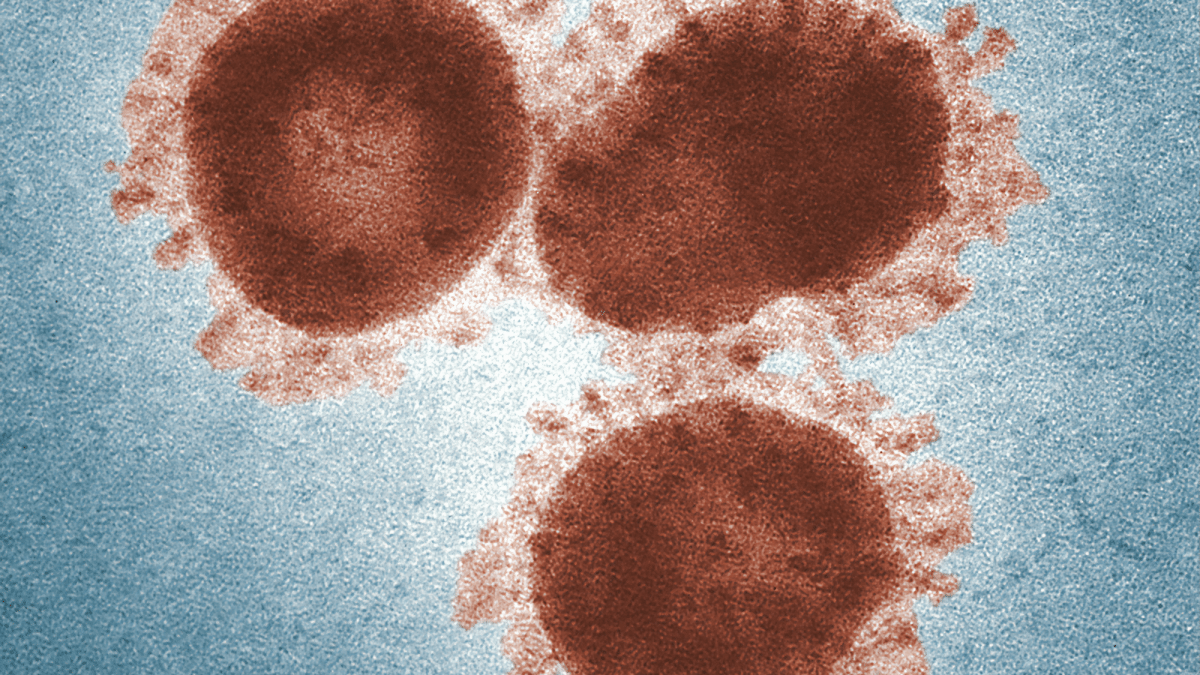Speech analysis model predicts critical virus mutations
Source: Heise.de added 15th Jan 2021Viruses like the flu and HIV viruses mutate so often that it is difficult to develop vaccines against them. The genetic changes often allow the germs to evade the antibodies of the immune defense through altered surface proteins without losing their infectivity. Researchers at the Massachusetts Institute of Technology (MIT) have now developed a new method to predict the most likely proteins on a virus for such viral escape maneuvers.
Semantics for mutations As Bonnie Berger, Bryan Bryson and first author Brian Hie in mid-January in the specialist journal Science , they adapted a machine learning model originally developed for the analysis of natural language processing (NLP). Such models check language patterns, for example how often certain words are used together. Then they suggest possible additions to sentences like “Sally had scrambled eggs for …”, in this case “breakfast” or “lunch”.
MIT researchers saw one Parallels between the language prediction, in which both the grammar and the meaning (semantics) of the sentence must be correct, and the biological prognosis of mutations, in which the changed genes result in functional proteins (grammatical correctness) and these must offer a meaningful escape route (semantics ).
Language analysis models are very good at inferring meaning from word sequence variations, said first author Brian Hie the “MIT News”. Therefore, they are also well suited to inferring the functionality of proteins from genetic sequences. The base sequence determines the order of the amino acids and these building blocks in turn determine how the protein folds and whether it continues to consider the virus to be infectious.
Model trained with numerous viruses The researchers trained their model with 60. 000 HIV-, 45. 000 Flu and 4000 Coronavirus genetic sequences and made it look for patterns that suggest functional protein changes. This has the advantage that you only need the genetic sequences that are easier to determine than the protein structure itself.
The number of people infected with the coronavirus is constantly increasing. This selection of articles gives an insight into the effects of the infection:
The scientists then had their model make predictions for the flu virus, the HIV pathogen and the new SARS-CoV-2 variants from Great Britain and South Africa. In the case of the flu pathogen, the analysis showed that the stem part of the hemagglutinin proteins is least able to mutate in such a way that it benefits the virus. So it would be a good target for a universal flu vaccine. The body usually does not form antibodies against this protein. In the new coronavirus, on the other hand, a subunit called S2 on the spike protein is a little variable place. The SARS-Cov-2 vaccines target this protein and should also protect against the new, more contagious variants.
In the future, the researchers want to look not only for viral vaccines, but also for vaccines against Cancer. In addition, it could also be suitable for designing active ingredients against diseases such as tuberculosis. (vsz)
brands: Defense Develop First New One other Parallels Universal
media: Heise.de
Related posts
Notice: Undefined variable: all_related in /var/www/vhosts/rondea.com/httpdocs/wp-content/themes/rondea-2-0/single-article.php on line 88
Notice: Undefined variable: all_related in /var/www/vhosts/rondea.com/httpdocs/wp-content/themes/rondea-2-0/single-article.php on line 88
Related Products
Notice: Undefined variable: all_related in /var/www/vhosts/rondea.com/httpdocs/wp-content/themes/rondea-2-0/single-article.php on line 91
Warning: Invalid argument supplied for foreach() in /var/www/vhosts/rondea.com/httpdocs/wp-content/themes/rondea-2-0/single-article.php on line 91
